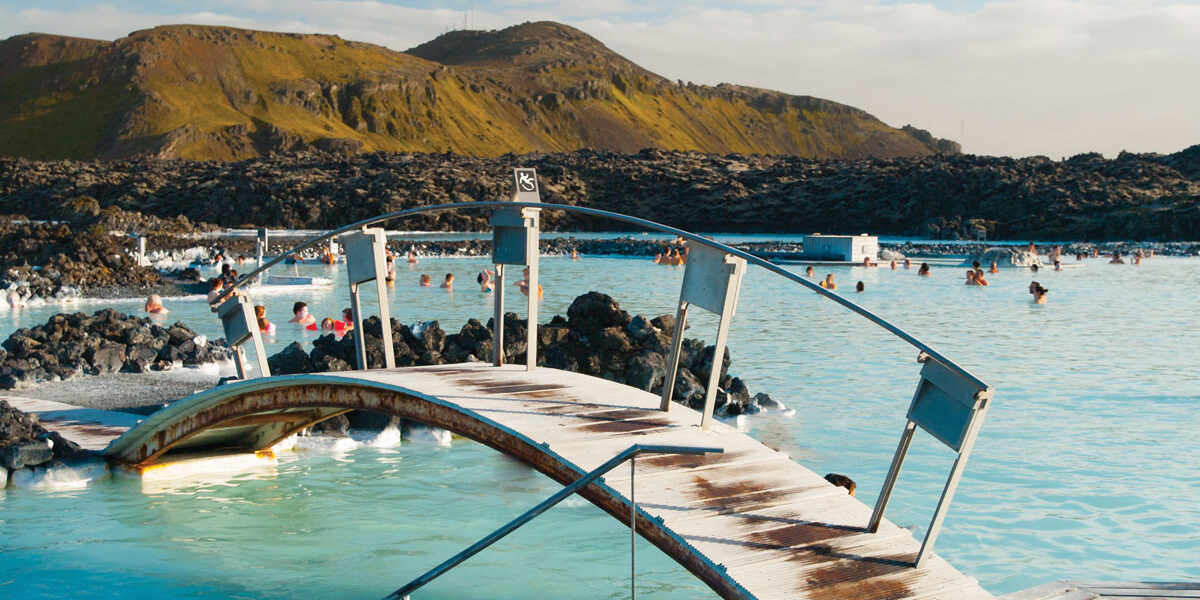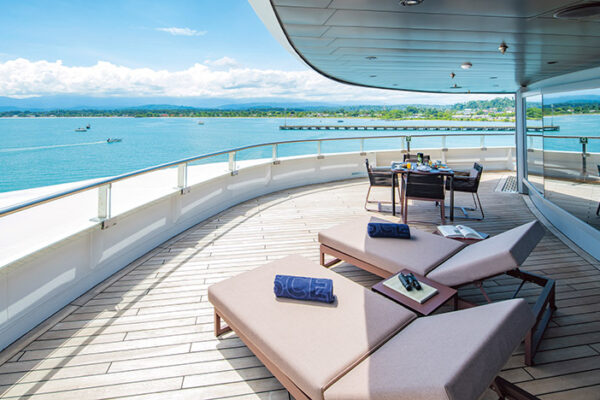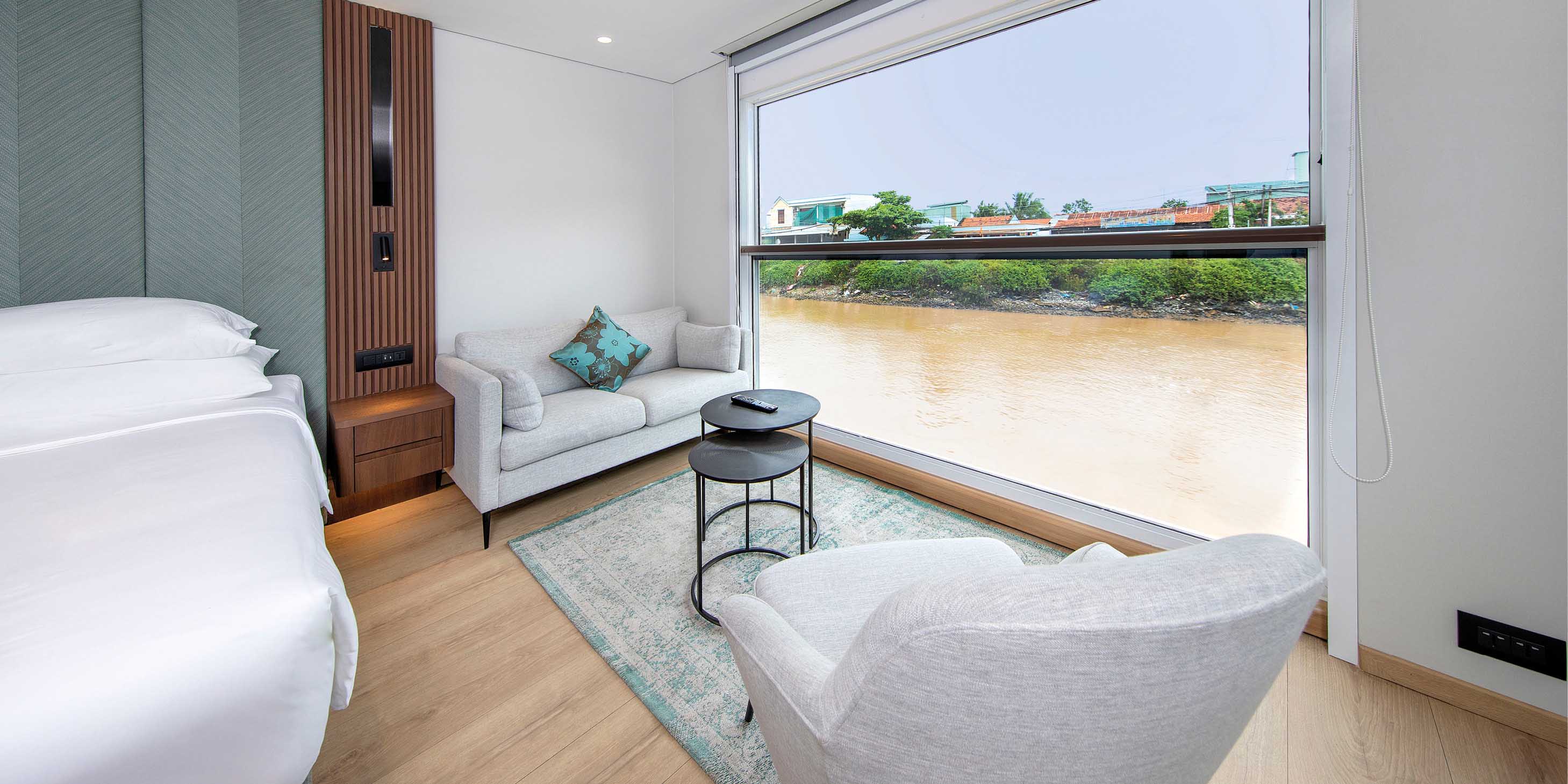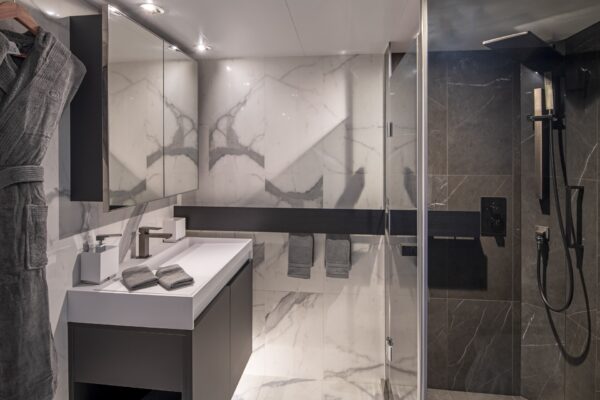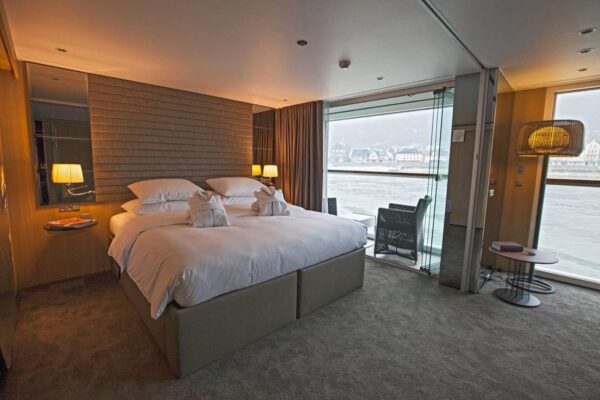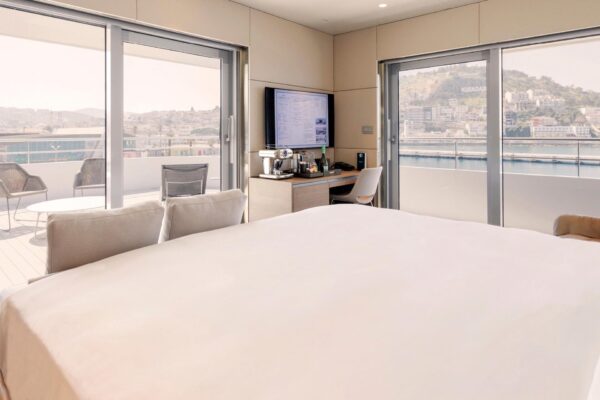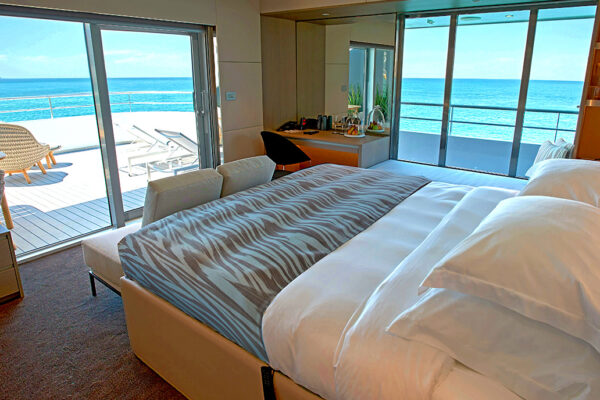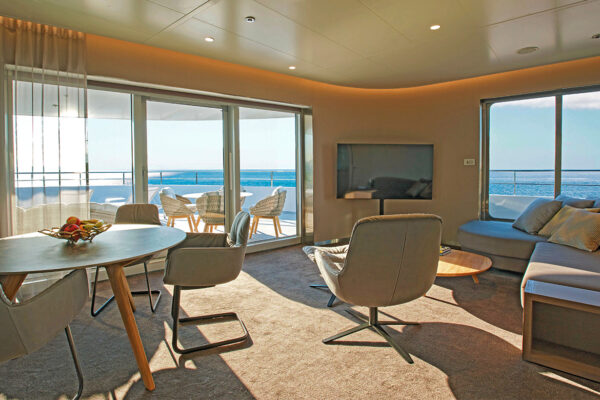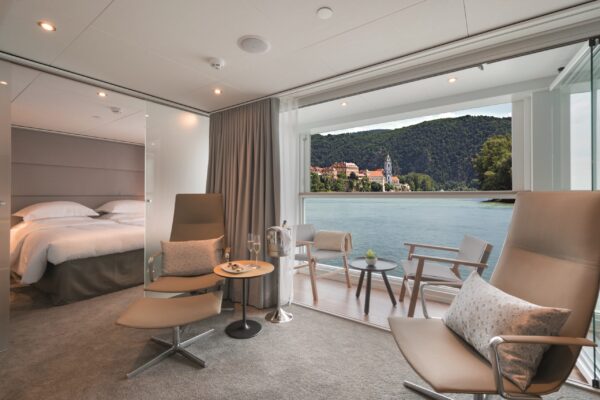While we continue to monitor the situation in Iceland’s Reykjanes Peninsula, reports offer hints of where the magma is currently pooling and allude to what we can expect to see from the volcano in the near future. We’ve also received updates on the current project of surrounding the geothermal power plant and the Blue lagoon with earthen damns to block lava should this or future eruptions begin in the area.
Since our last update, all of our travel groups have returned from their visits to Iceland and tours around the ongoing magma intrusion. Our Iceland Tours will egin again in March, and by then, we will likely have far better understanding of whether this intrusion will become stalled, erupt violently, or become a tourist eruption as the peninsula is generally known for.
Ground uplift and subsidence
In an update on Friday, the Icelandic Meteorological Office said that while the current volcanic process was “not over,” it was “difficult to say when and where” the next magma dike would intrude into the Earth’s crust below the island nation. Meanwhile, an intrusion of molten rock into the Earth’s crust that was deforming the surface continues to build “at a fairly stable rate.”
This ins happening in conjunction with waves of decreasing and then subtle increases in seismic activity. One volcanologist compared it to the ground being massaged by the magmatic waves and that it is a sign the the magmatic intrusion is continuing to fill the sill that has been expanding since early October.
So will it cause an eruption?
The dike intrusion that branched from the sill and moved up beneath Grendavick has indeed begun to solidify and now likely contains a large concentration of crystals. Experts say that the crystal to melt composition of the magma must be a ratio of more melt to crystal to be able to erupt. Some estimates say that the melt for Iceland basalt eruptions needs to be around 50%. For this reason, the longer it sits in the dike, the more unlikely that portion is to erupt. What complicates this matter is that the sill as continued to fill and expand and is presumed to be acting more as a magma chamber now than a thin dike with lots of surface area to be cooled with.
Iceland’s foremost experts are generally in agreement that an eruption of some form is still likely from the magma that resides in the sill, but less likely now under Grendavick as that magma has obviously begun solidifying and cooling. In fact,t he subsidence in Grendavick that is causing so many cracks is due in part to the cooling magma since it contracts as it cools, leading to the land becoming uneven as it settles.
The experts did say that they believe the magma can still intrude into the area the dike formed before, but seem to be focused on the area north northeast of Grendavick and just to the east of the Svartsengi geothermal power plant. The first sections of berms begun a month ago will be able to protect this critical infrastructure and a larger berm will be created after the initial 3 meter berm is completed.
When will it erupt?
While impossible to say for sure, the experts appear to be expecting a chance for an eruption to be more likely in the coming days. The area of interest has begun pushing more heat and fumes in the weakest ground area known to be a gash in the bedrock near the fissure just east of the power plant. This plus the shallow earthquakes becoming more focused in this area make everyone hopeful that this will indeed be another “tourist eruption”.
What we can say for sure is that we will continue to update the events and continue to hope for this to be another tourist eruption that is beneficial for both Iceland and our patrons to enjoy.


